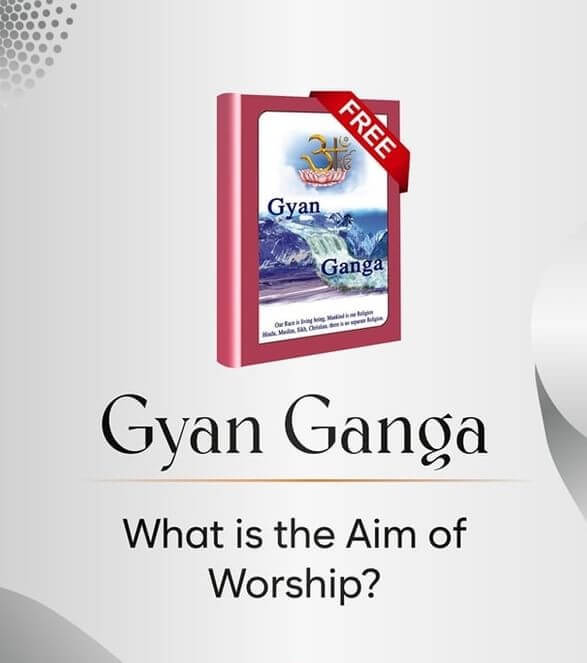The Age of Lord Vishnu
Help & Information / The Age of Lord Vishnu
The Age of Lord Vishnu
The Age of Lord Vishnu: A Divine Continuum
In Hindu cosmology, the ages of deities are measured in vast cycles that reflect the eternal nature of time and existence. Among these divine figures, Lord Vishnu holds a significant position as the preserver of the universe. His age, derived from the lifespan of Brahma, offers insight into the intricate balance of creation and preservation within the cosmic order.
Understanding the Age of Brahma
To grasp the age of Lord Vishnu, one must first comprehend the age of Brahma, the creator god. Brahma's lifespan is measured in 100 Divine years, with a single Divine year equivalent to an immense duration on Earth.
The calculation of Brahma's age involves several key elements:
- One day of Brahma consists of 1,000 chaturyugas. Each chaturyuga encompasses four yugas (epochs), together lasting 4.32 million Earth years.
- Consequently, one complete day and night of Brahma (totaling 2,000 chaturyugas) equates to 8.64 billion Earth years.
Extending this to a full year:
- 1 year of Brahma = 2000 chaturyugas × 30 days × 12 months = 7,20,000 chaturyugas, translating to 3 trillion 110 billion 400 million years (3,110,400,000,000).
Thus, Brahma’s total lifespan is an astonishing 311 trillion 40 billion Earth years.
The Age of Lord Vishnu
As the preserver, Lord Vishnu’s role is crucial in maintaining the balance of creation established by Brahma. His age is calculated to be seven times that of Brahma, symbolizing the ongoing preservation throughout the cosmic cycles.
Therefore, the age of Lord Vishnu is:
- Age of Lord Vishnu = 7 × 100 Divine years of Brahma = 700 Divine years.
- In Earth terms, this vast span amounts to 2 quadrillion 177 trillion 280 billion years.
The Significance of Vishnu's Age
The extensive age of Lord Vishnu signifies not just longevity but the profound responsibilities he undertakes in the universe's cyclical nature. As the preserver, Vishnu’s role is vital in safeguarding the balance between creation and destruction, ensuring that life continues to flourish through each cosmic cycle.
This lengthy duration of 2 quadrillion Earth years emphasizes the enduring nature of divine preservation.
Conclusion
The age of Lord Vishnu, derived from the calculations based on Brahma’s lifespan, exemplifies the complexities of Hindu cosmology. It confirms that, contrary to popular belief, even Lord Vishnu possesses a finite lifespan and experiences the eternal cycles of life and death. This notion challenges the common perception of deities as timeless and unchanging beings. Instead, it highlights the dynamic nature of the divine, illustrating that even the preserver of the universe is subject to the cosmic rhythm of creation, preservation, and destruction.
← Age of Lord Brahma, Vishnu and Shiva
